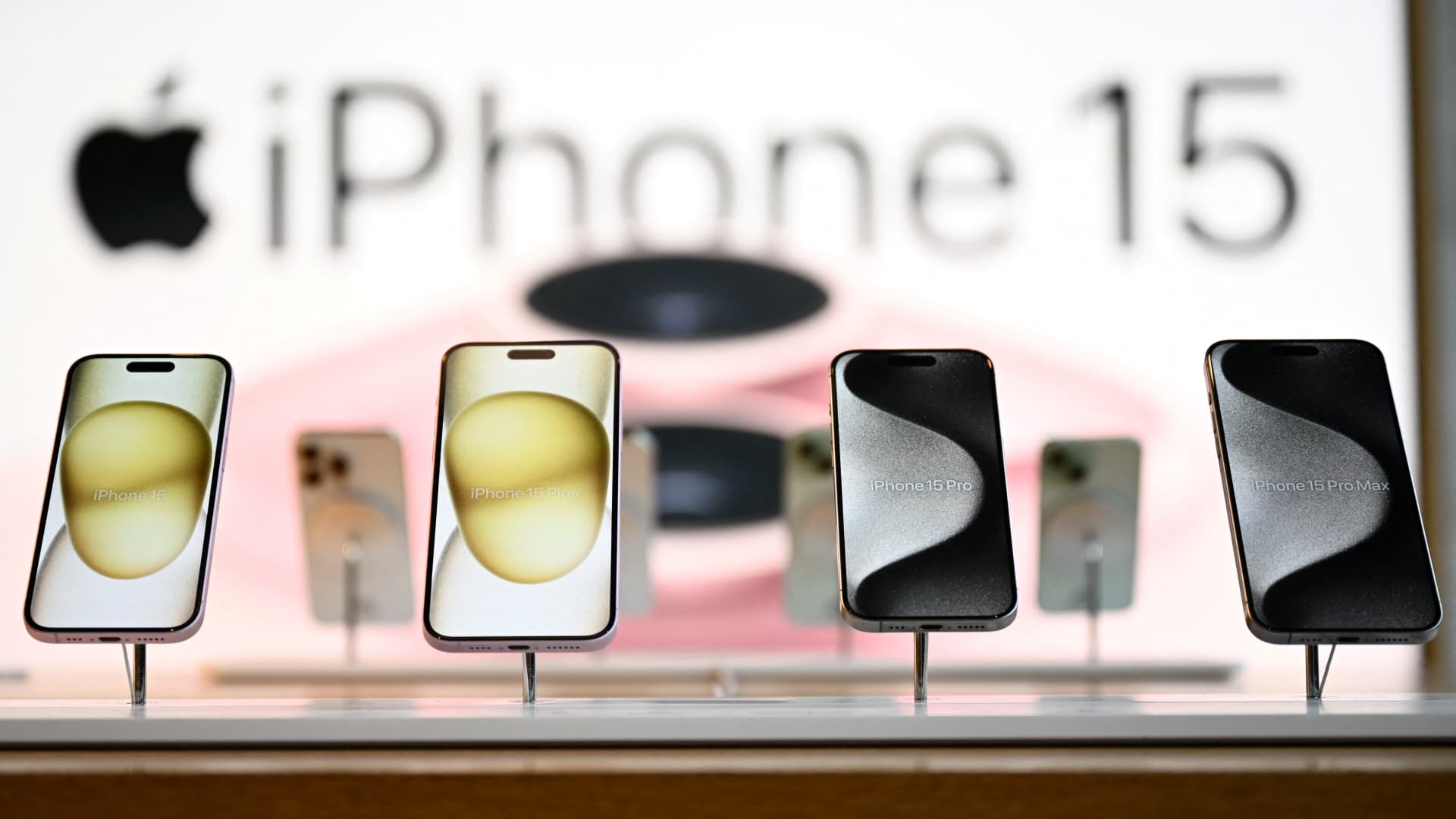In a surprising turn of events, Apple’s iPhone sales in China have taken a nosedive in the first quarter of 2023. According to LA News Center, market research firm Counterpoint Research reports a sharp decline of 19.1%. Meanwhile, Huawei, a Chinese telecommunications giant, has witnessed a remarkable resurgence, with a staggering 69.7% surge in smartphone sales.
Huawei’s Comeback Threatens Apple’s Dominance

Huawei’s resurgence stems largely from the launch of its Mate 60 smartphone, equipped with an advanced chip that supports 5G mobile connectivity. The company has rebounded from U.S. sanctions imposed in 2019, which nearly crippled its smartphone business.
As Huawei gains momentum, it’s putting pressure on Apple, the third-largest smartphone maker in China. Ivan Lam, a senior research analyst at Counterpoint Research, attributes Apple’s struggles to Huawei’s strong competition in the premium segment.
AI Innovation Drives Smartphone Market
Despite Apple’s setbacks, Lam believes the company could recover with new color options for flagship devices, aggressive discounts, and AI features expected at WWDC in June. He notes that this has the potential for significant long-term growth.
Looking at the broader Chinese smartphone market, sales have grown 1.5% year-over-year, marking the second consecutive quarter of positive growth. Counterpoint anticipates low single-digit growth in 2024 and predicts AI features will play a crucial role in driving demand.
Chinese smartphone manufacturers like Xiaomi and Oppo are already incorporating AI-centric processors into their flagship phones. Huawei’s spinoff Honor has showcased an AI-powered eye-tracking feature, allowing users to control vehicles with their eyes.
Chinese Smartphone Firms Embrace AI Advancements
Counterpoint expects Chinese smartphone companies to incorporate AI advancements into their mid-price phones in the future. This is likely to foster increased innovation and adoption in the mobile phone market.
While Apple faces challenges from Huawei’s resurgence, the broader Chinese smartphone industry is poised for continued growth driven by AI innovation. It remains to be seen how Apple will respond to the changing market dynamics and whether it can regain its dominance in China.






















